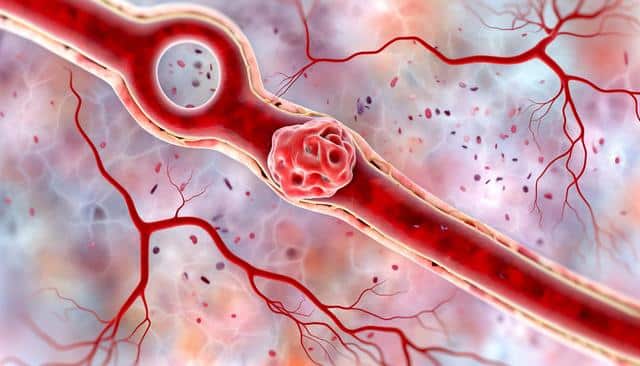DVT: Symptoms, Medications & Leg Treatments
Understanding Deep Vein Thrombosis
Deep vein thrombosis (DVT) is a condition characterized by the formation of a blood clot in a deep vein, most commonly affecting the legs. It can lead to severe complications if not detected and treated promptly. Understanding the early stage DVT symptoms is crucial for timely intervention. Typically, symptoms of deep vein thrombosis in the leg include swelling, pain, redness, and warmth in the affected area. If left untreated, these clots can break loose and travel to the lungs, causing a pulmonary embolism, which is potentially life-threatening. Therefore, recognizing signs early and seeking medical advice is essential for effective management and prevention of further health issues.

Medications for Managing DVT
Deep vein thrombosis medication plays a vital role in managing and treating the condition. Various medicine for blood clots in legs is commonly prescribed to prevent the clot from growing and to reduce the risk of further clotting. Anticoagulants, often referred to as blood thinners, are among the primary treatments for DVTs. These medications do not dissolve existing clots but work to prevent new ones from forming. In some cases, thrombolytic agents may be administered to help dissolve serious clots. However, these are usually reserved for more severe cases due to potential side effects. It’s essential for individuals taking these medications to have regular monitoring to ensure optimal efficacy and adjust dosages as needed.
Leg Treatments and Therapies
In addition to medications, various leg treatments are available to manage deep vein thrombosis effectively. Compression therapy, one of the top options for managing symptoms and preventing complications, involves wearing specially designed compression stockings. These help improve blood flow and reduce swelling by applying gentle pressure to the legs. In some cases, patients might also undergo procedures like a thrombectomy, where a surgeon removes the clot from the vein. This option is generally considered when medication and compression therapy do not yield the desired results or if the clot poses a significant risk of pulmonary embolism. It’s crucial for patients to discuss all available options with their healthcare providers to determine the best course of action tailored to their specific needs.
Preventive Measures and Lifestyle Changes
Preventing deep vein thrombosis involves a combination of lifestyle changes and awareness of risk factors. Individuals at risk of DVT should consider incorporating certain practices into their daily routine to minimize chances of clot formation. Staying active and avoiding prolonged periods of inactivity is highly recommended. This includes taking breaks during long flights or car journeys to walk and stretch regularly. Maintaining a healthy weight and following a balanced diet can also play a significant role in reducing DVT risk. For individuals who are bedridden or have limited mobility, leg exercises and movements as advised by a healthcare professional can be beneficial. Additionally, understanding one’s family medical history and discussing any concerns with a doctor can help in identifying personalized preventive measures.
Importance of Early Detection and Monitoring
Early detection of deep vein thrombosis is crucial for effective treatment and prevention of complications. Regular check-ups and monitoring are particularly important for individuals with known risk factors, such as a history of DVTs or a family history of clotting disorders. Engaging in routine medical evaluations allows for timely identification of symptoms and initiation of appropriate treatment. Health professionals often recommend diagnostic tests, such as ultrasounds, to assess the condition of veins in the legs regularly. Prompt diagnosis and management can significantly reduce the likelihood of adverse outcomes and improve the quality of life for individuals with DVT. Furthermore, educating patients about the importance of adhering to prescribed treatments and follow-up appointments ensures better management and prevention of future episodes.
